Nicotinamide: The key molecule in Energy Production
Nicotinamide, coupled with the nucleotide adenine, is a molecule involved in reduction-oxidation reactions in metabolic pathways. It acts as a hydrogen carrier which in turn, produces ATP – the energy currency of the cell. ATP is required by cells in performing important functions required for survival. Moreover, it is also plays a vital role in detoxifying cells from free radicals and toxic chemicals, as well as in DNA repair processes. Nicotinamide is obtained from dietary sources rich in Vitamin B3 such as lean meat, eggs, dairy and poultry products, mushrooms and nuts.It is also included in pre-workout formulas in order to maximize cellular fuels thereby optimizing biochemical reactions. Not to confuse with Niacin (another form of Vitamin B3 involved in lowering cholesterol), Nicotinamide contains an amide functional group instead of carboxylic acid (functional group of Niacin).
What does Nicotinamide look like in Chemistry?
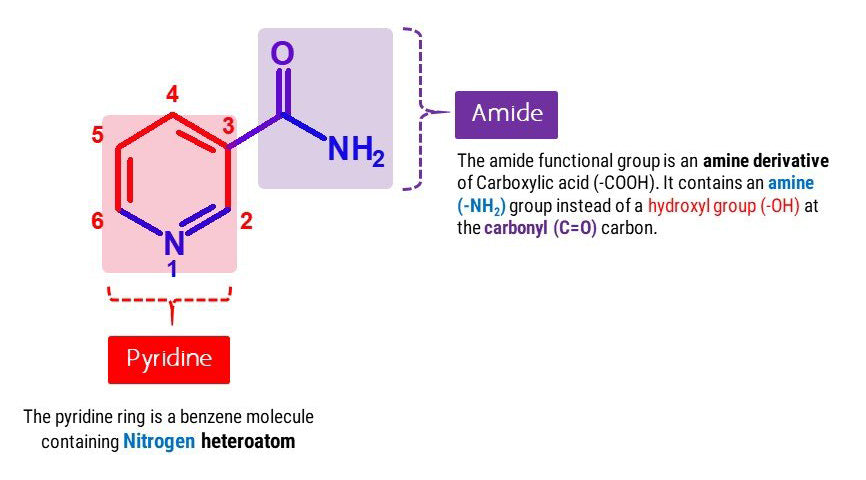
Let’s Get Building!
Using your Student Molecular Set from Duluth Labs let’s create Nicotinamide! You’ll need:
- 6 Carbon Atoms
- 2 Nitrogen Atoms
- 1 Oxygen Atoms
- 6 Hydrogen Atoms
- 6 Small connectors (compact small bonds for hydrogen)
- 5 Medium Connectors
- 8 Long connectors
- Molecular Tool (for Disassembly)
Put aside all the atoms and connectors needed.
Let’s Start Building With Our Pyridine Portion!
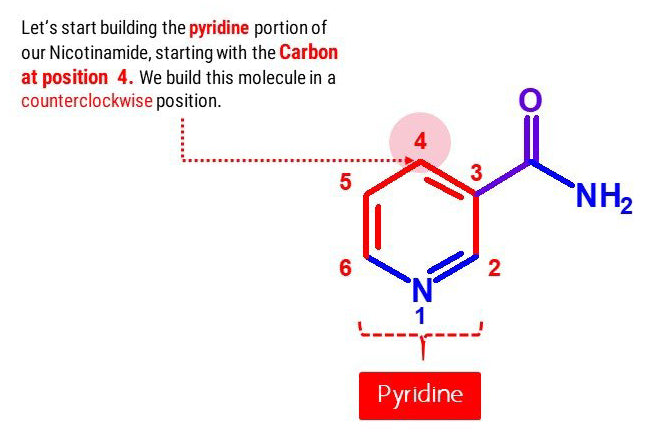
Note: Let’s begin with Carbon 4! We start building this portion of the molecule in a counterclockwise direction.
Let’s start!
Steps:
-
1
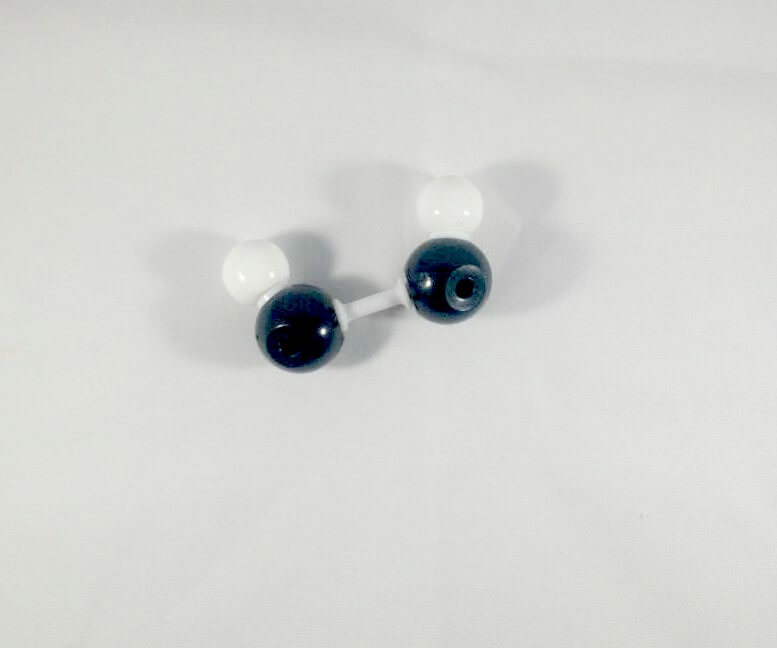
1. Get one carbon atom (Carbon 4)then attach another carbon atom (Carbon 5)to it using 1 medium connector. Add a hydrogen atom on both carbons (Carbon 4 and Carbon 5) using 2 small connectors.
-
2
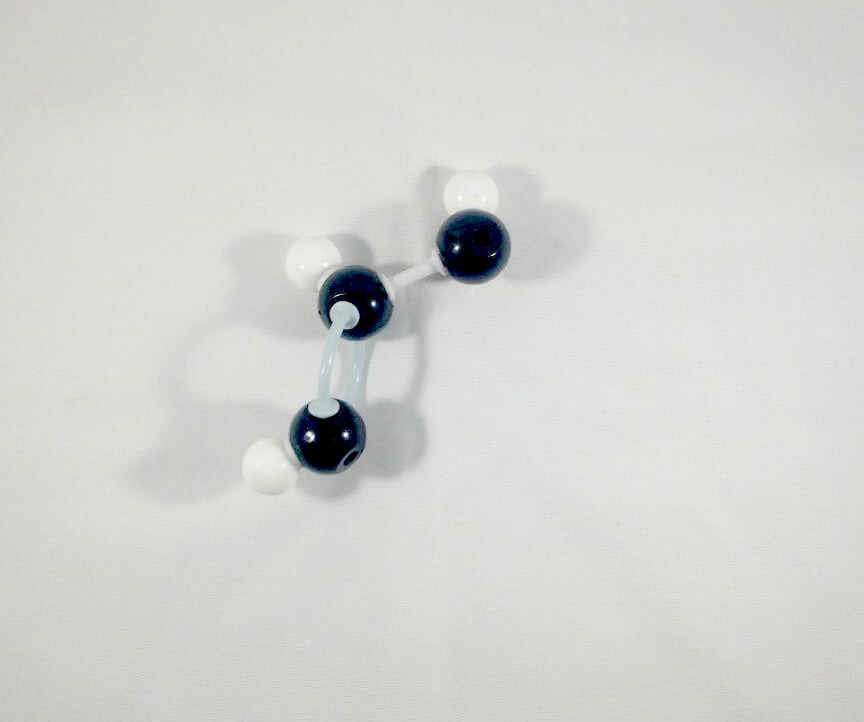
2. Attach another carbon (Carbon 6) below Carbon 5using 2 long connectors. Place a hydrogen atom on Carbon 6 using a small connector.
-
3
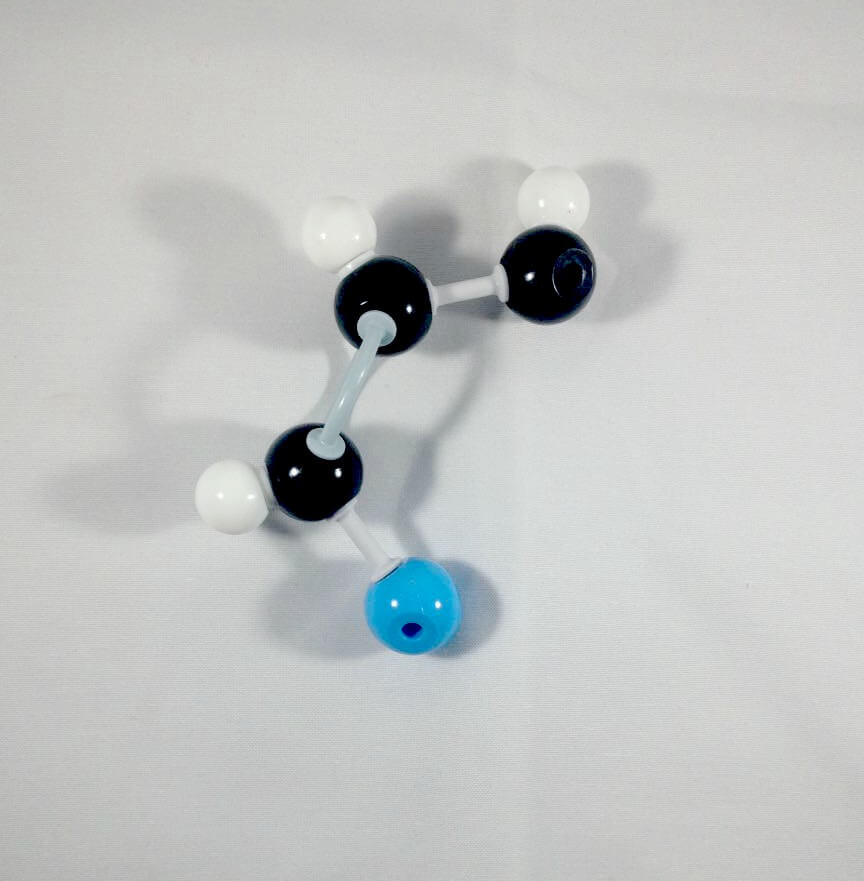
3. Then, get anitrogen atom(Nitrogen 1)and attach this to Carbon 6 using 1 medium connector.
-
4
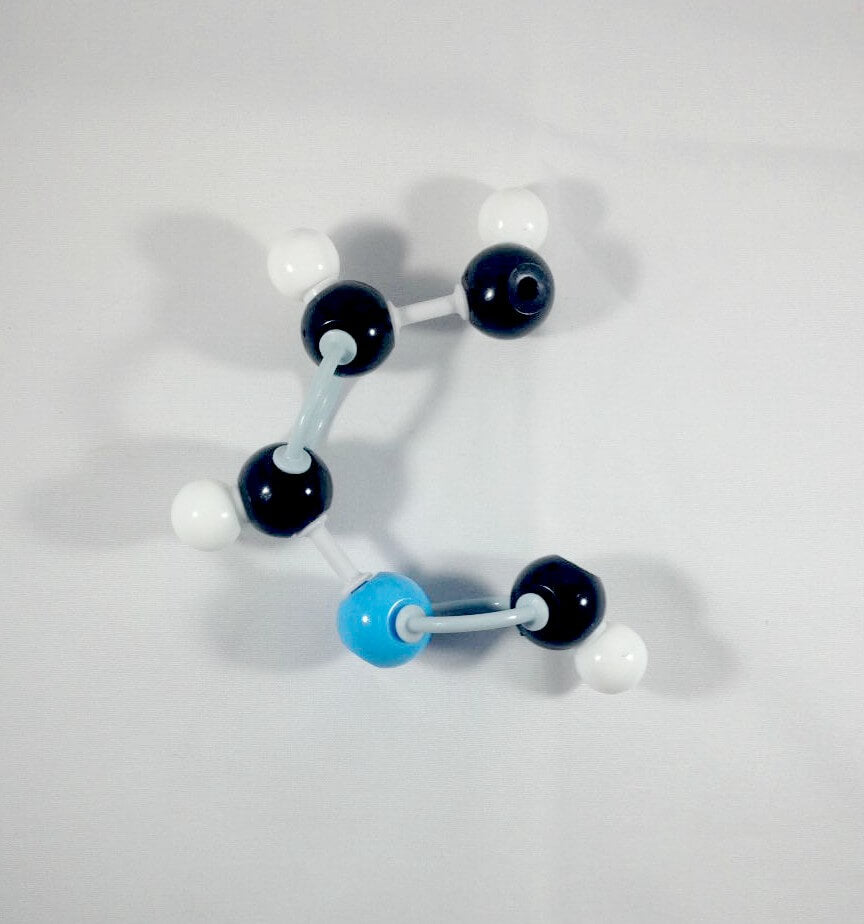
4. Add another carbon atom (Carbon 2) then attach this to Nitrogenusing 2 long connectors. Place a hydrogen atom on Carbon 2 using a small connector.
-
5
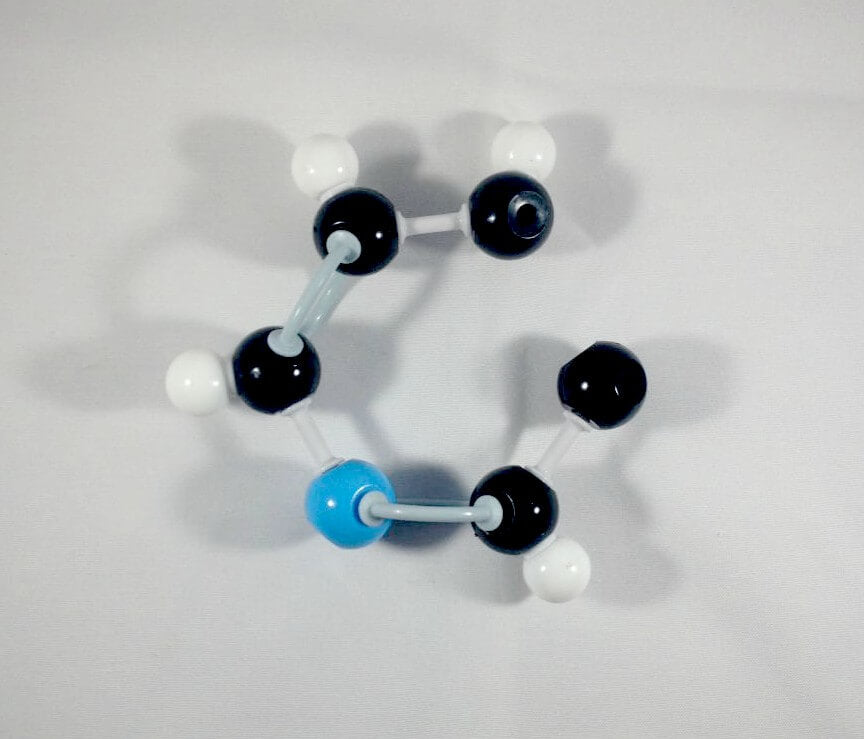
5. Get another carbon atom (Carbon 3) then attach this to Carbon 2using 1 medium connector.
-
6
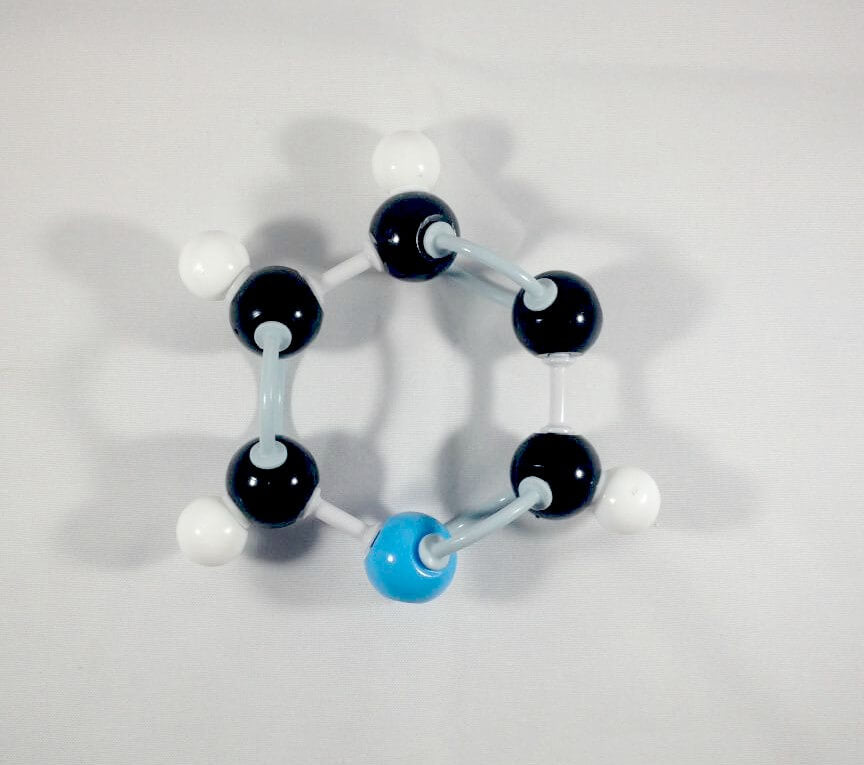
6. Join Carbon 3 and carbon 4 together using 2 long connectors.
-

Yay! We've just built our Pyridine Portion!
Note: Let’s now continue adding the amide functional group on the Carbon at Position 3.
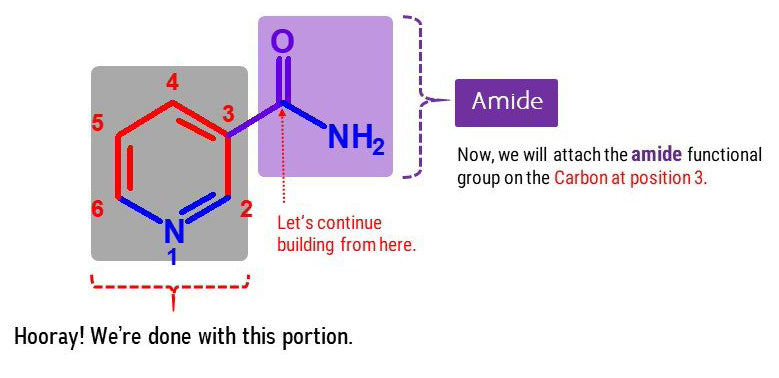
Steps:
-
1
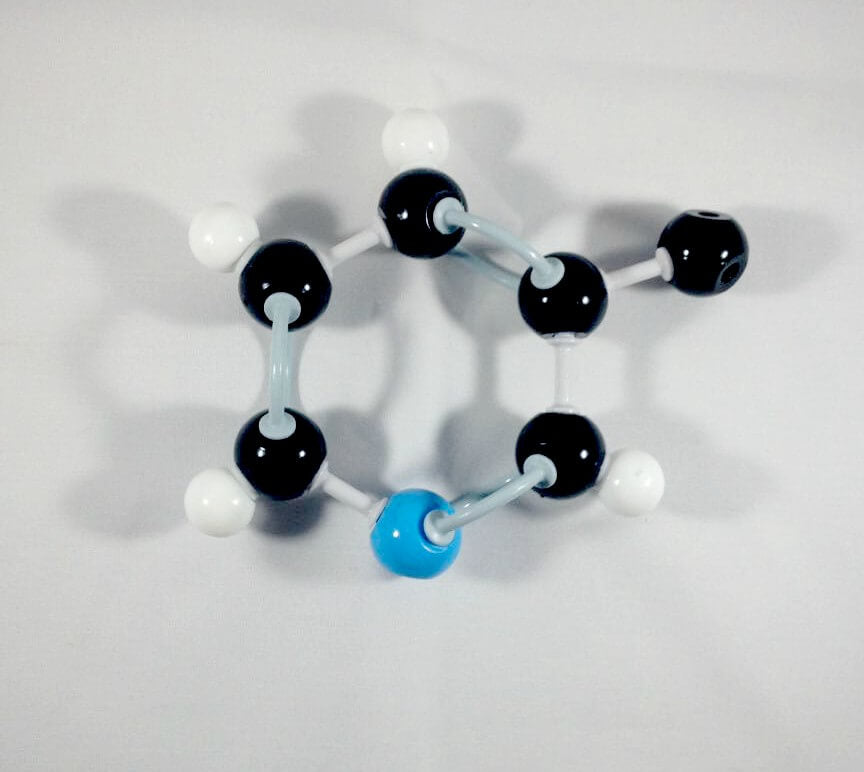
1. Get one Carbon atom then attach this to Carbon 3 of the pyridine portion using a medium connector.
-
2
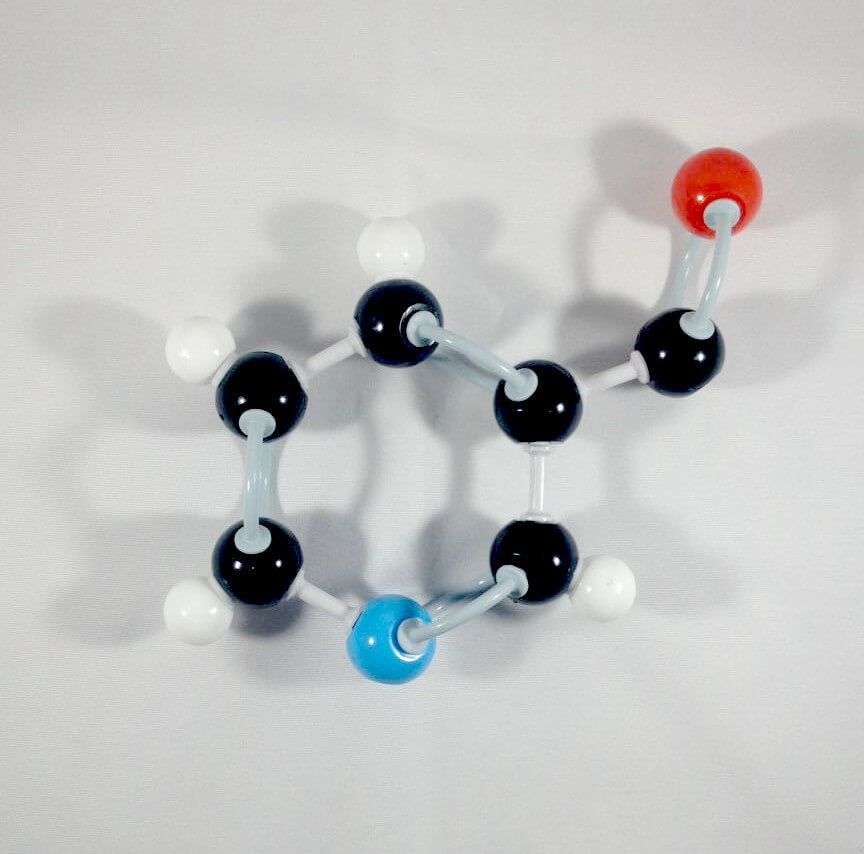
2. Add an Oxygen atom on this carbonusing 2 long connectors.
-
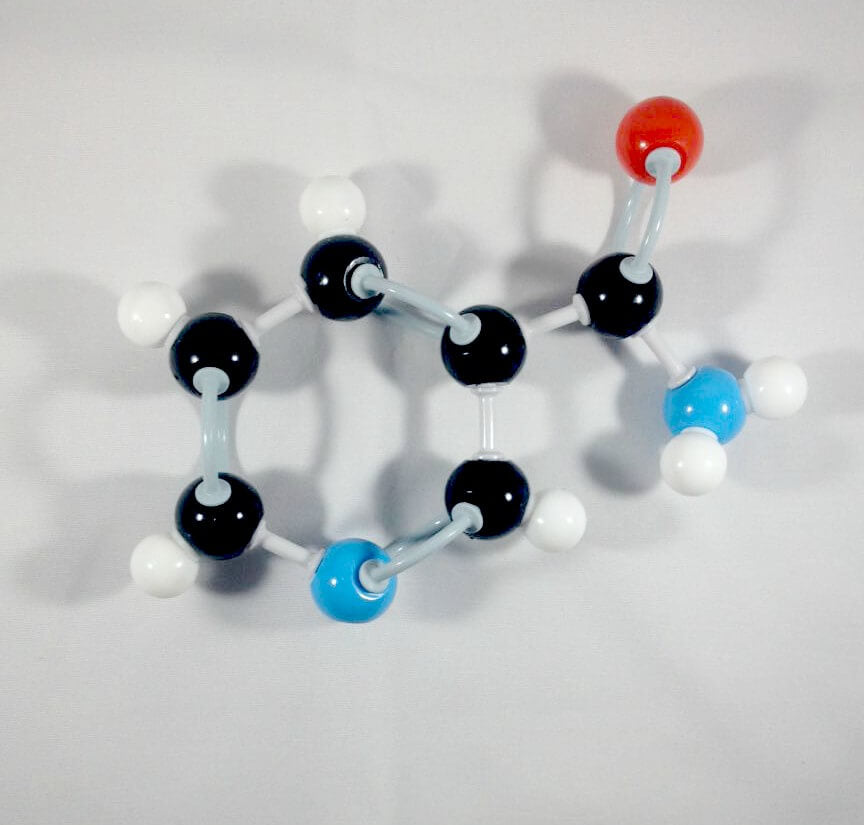
3. Then, attach a Nitrogen atom on this carbon using a medium connector. Place2 hydrogen atomsonthenitrogen using 2 small connectors


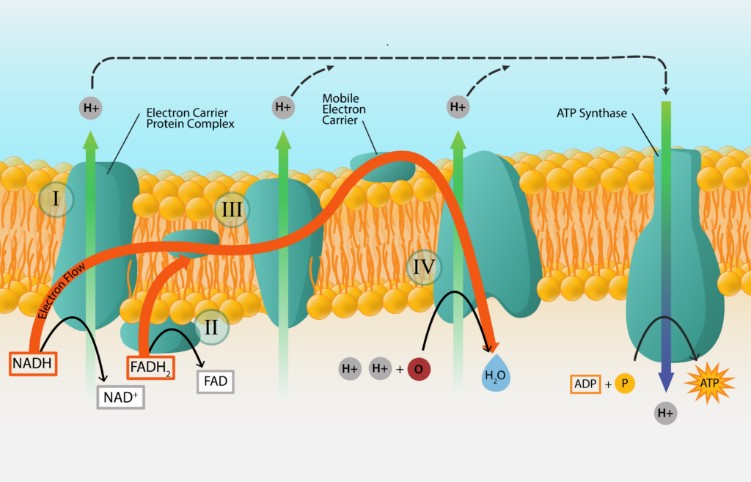









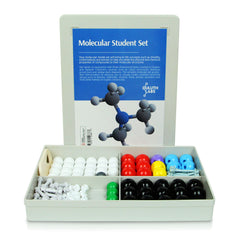
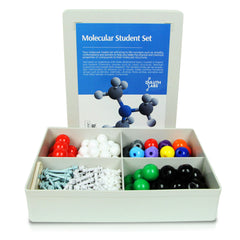
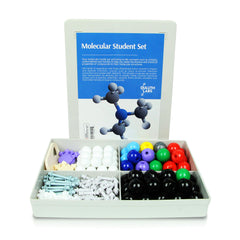
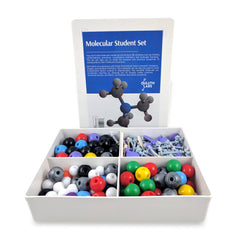
https://www.gamja888.com/ – 바카라사이트,카지노사이트,카지노게임사이트,온라인바카라,온라인카지노,Gamja888
https://gamja888.com/ – 퀸즈슬롯
https://gamja888.com/ – 맥스카지노
https://gamja888.com/ – 비바카지노
https://gamja888.com/ – 카지노주소
https://gamja888.com/ – 바카라추천
https://gamja888.com/ – 온라인바카라게임
https://gamja888.com/ – 안전한 바카라사이트
https://gamja888.com/ – 바카라
https://gamja888.com/ – 카지노
https://gamja888.com/ – 퀸즈슬롯 카지노
https://gamja888.com/ – 바카라게임사이트
https://gamja888.com/onlinebaccarat/ – 온라인바카라
https://gamja888.com/millionclubcasino/ – 밀리언클럽카지노
https://gamja888.com/safecasinosite/ – 안전카지노사이트
https://gamja888.com/baccaratsiterecommendation/ – 바카라사이트추천
https://gamja888.com/ourcasino/ – 우리카지노계열
https://gamja888.com/slotmachine777/ – 슬롯머신777
https://gamja888.com/royalcasinosite/ – 로얄카지노사이트
https://gamja888.com/crazyslot/ – 크레이지슬롯
https://gamja888.com/onlineblackjack/ – 온라인블랙잭
https://gamja888.com/internetroulette/ – 인터넷룰렛
https://gamja888.com/casinoverificationsite/ – 카지노검증사이트
https://gamja888.com/safebaccaratsite/ – 안전바카라사이트
https://gamja888.com/mobilebaccarat/ – 모바일바카라
https://gamja888.com/howtowin-baccarat/ – 바카라 필승법
https://gamja888.com/meritcasino/ – 메리트카지노
https://gamja888.com/baccarat-howto/ – 바카라 노하우
youube.me
instagrme.com
youubbe.me
Instagrm.me
Instagrme.net
internetgame.me
instagrme.live
naverom.me
facebokom.me
https://www.instagrme.com/ – 바카라사이트,우리카지노,온라인바카라,카지노사이트,실시간바카라
https://instagrme.com/ – 퀸즈슬롯
https://instagrme.com/ – 바카라게임
https://instagrme.com/ – 카지노주소
https://instagrme.com/ – 온라인카지노
https://instagrme.com/ – 온라인카지노사이트
https://instagrme.com/ – 바카라게임사이트
https://instagrme.com/ – 실시간바카라사이트
https://instagrme.com/ – 바카라
https://instagrme.com/ – 카지노
https://instagrme.com/woori-casino/ – 우리카지노
https://instagrme.com/theking-casino/ – 더킹카지노
https://instagrme.com/sands-casino/ – 샌즈카지노
https://instagrme.com/yes-casino/ – 예스카지노
https://instagrme.com/coin-casino/ – 코인카지노
https://instagrme.com/thenine-casino/ – 더나인카지노
https://instagrme.com/thezone-casino/ – 더존카지노
https://instagrme.com/casino-site/ – 카지노사이트
https://instagrme.com/gold-casino/ – 골드카지노
https://instagrme.com/evolution-casino/ – 에볼루션카지노
https://instagrme.com/casino-slotgames/ – 카지노 슬롯게임
https://instagrme.com/baccarat/ – baccarat
https://instagrme.com/texas-holdem-poker/ – 텍사스 홀덤 포카
https://instagrme.com/blackjack/ – blackjack
youube.me
gamja888.com
youubbe.me
Instagrm.me
Instagrme.net
internetgame.me
instagrme.live
naverom.me
facebokom.me
https://www.youubbe.me/ – 카지노사이트,바카라사이트,슬롯사이트,온라인카지노,카지노주소
https://youubbe.me/ – 카지노검증사이트
https://youubbe.me/ – 안전한카지노사이트
https://youubbe.me/ – 슬롯카지노
https://youubbe.me/ – 바카라게임
https://youubbe.me/ – 카지노추천
https://youubbe.me/ – 비바카지노
https://youubbe.me/ – 퀸즈슬롯
https://youubbe.me/ – 카지노
https://youubbe.me/ – 바카라
https://youubbe.me/ – 안전한 바카라사이트
https://youubbe.me/ – 온라인슬롯
https://youubbe.me/casinosite/ – 카지노사이트
https://youubbe.me/baccarat/ – 바카라
https://youubbe.me/baccaratsite/ – 바카라사이트
https://youubbe.me/pharaoh-casino/ – 파라오카지노
https://youubbe.me/제왕카지노/ – 제왕카지노
https://youubbe.me/mgm카지노/ – mgm카지노
https://youubbe.me/theking-casino/ – 더킹카지노
https://youubbe.me/coin-casino/ – 코인카지노
https://youubbe.me/solaire-casino/ – 솔레어카지노
https://youubbe.me/casino-game/ – 카지노게임
https://youubbe.me/micro-gaming/ – 마이크로게이밍
https://youubbe.me/asia-gaming/ – 아시아게이밍
https://youubbe.me/taisan-gaming/ – 타이산게이밍
https://youubbe.me/oriental-game/ – 오리엔탈게임
https://youubbe.me/evolution-game/ – 에볼루션게임
https://youubbe.me/dragon-tiger/ – 드래곤타이거
https://youubbe.me/dream-gaming/ – 드림게이밍
https://youubbe.me/vivo-gaming/ – 비보게이밍
youube.me
gamja888.com
instagrme.com
Instagrm.me
Instagrme.net
internetgame.me
instagrme.live
naverom.me
facebokom.me
https://www.youube.me/ – 카지노사이트,바카라사이트,바카라게임사이트,온라인바카라,인터넷카지노
https://youube.me/ – 퀸즈슬롯
https://youube.me/ – 카지노주소
https://youube.me/ – 비바카지노
https://youube.me/ – 카지노추천
https://youube.me/ – 카지노게임
https://youube.me/ – 온라인카지노사이트
https://youube.me/ – 카지노
https://youube.me/ – 바카라
https://youube.me/ – 온라인카지노
https://youube.me/ – 카지노게임사이트
https://youube.me/sandscasinoaddress/ – 카지노검증사이트
https://youube.me/royalcasinoseries/ – 로얄카지노계열
https://youube.me/slotmachinesite/ – 슬롯머신사이트
https://youube.me/maxcasino/ – 맥스카지노
https://youube.me/baccaratgamesite/ – 바카라게임사이트
https://youube.me/casimbakorea-casino/ – 카심바코리아 카지노
https://youube.me/mobilecasino/ – 모바일카지노
https://youube.me/real-timebaccarat/ – 실시간바카라
https://youube.me/livecasino/ – 라이브카지노
https://youube.me/onlineslots/ – 온라인슬롯
https://youube.me/sandscasinoaddress/ – 바카라 이기는방법
https://youube.me/safecasinosite/ – 안전카지노사이트
https://youube.me/ourcasinosite/ – 우리카지노사이트
https://youube.me/sandscasinoaddress/ – 샌즈카지노주소
https://youube.me/baccarat-rulesofthegame/ – 바카라 게임규칙
https://youube.me/baccarat-howtoplay/ – 바카라 게임방법
gamja888.com
instagrme.com
youubbe.me
Instagrm.me
Instagrme.net
internetgame.me
instagrme.live
naverom.me
facebokom.me